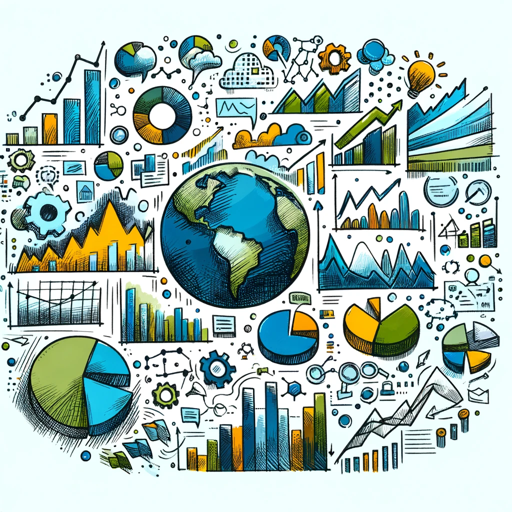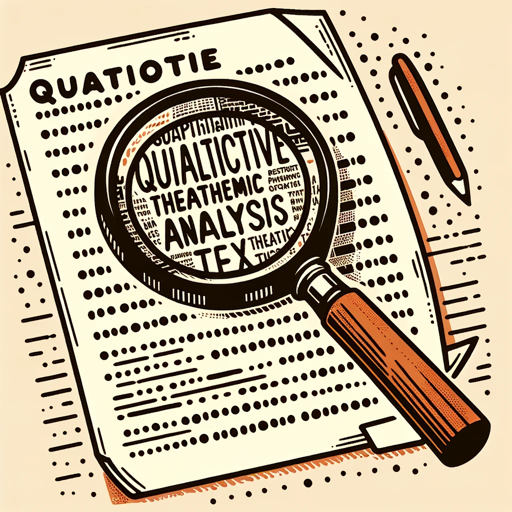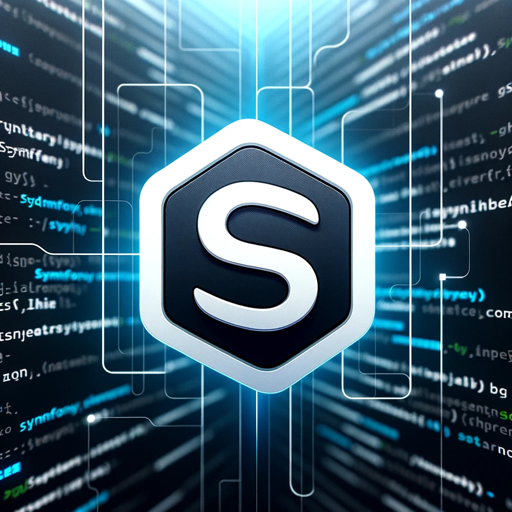Statistics and data analysis-AI-powered statistical analysis.
AI-Powered Insights for Data and Statistics
Related Tools
Load More
Statistics Stats
🔷#𝟏 𝐏𝐞𝐫𝐬𝐨𝐧𝐚𝐥𝐢𝐳𝐞𝐝 𝐒𝐭𝐚𝐭𝐢𝐬𝐭𝐢𝐜𝐬 𝐓𝐮𝐭𝐨𝐫 𝐚𝐧𝐝 𝐓𝐨𝐨𝐥🔷

Mathematical statistics
Expert in graduate-level mathematical statistics, providing detailed and accurate explanations.

Statistic & Data Analyst
Statistic and Data Analyst assistent

Stats prof
I'm a stats teacher helping with step-by-step problem solving.

Statistics Tutor
I'm an expert in statistics here to tutor and guide students in understanding statistical concepts.

Statistical Analysis
Analyze, interpret, and present quantitative data.
20.0 / 5 (200 votes)
Introduction to Statistics and Data Analysis
Statistics and data analysis are essential fields in understanding and interpreting data to make informed decisions. Statistics involve the collection, analysis, interpretation, and presentation of data, providing tools to make inferences about populations based on sample data. Data analysis encompasses a broader range of techniques, including statistical methods, to examine, clean, transform, and model data to discover useful information, draw conclusions, and support decision-making. For example, in healthcare, statistics help determine the effectiveness of a new drug by comparing patient outcomes across treatment and control groups.

Main Functions of Statistics and Data Analysis
Descriptive Statistics
Example
Calculating the mean, median, and standard deviation of a dataset.
Scenario
In a retail business, descriptive statistics can summarize sales data to understand average sales per month, sales variability, and overall trends.
Inferential Statistics
Example
Conducting hypothesis tests and confidence intervals.
Scenario
A marketing team uses inferential statistics to determine if a new advertising campaign significantly increases product sales compared to the previous campaign.
Predictive Modeling
Example
Building regression models to forecast future trends.
Scenario
Financial analysts use predictive modeling to forecast stock prices based on historical data and other relevant factors.
Ideal Users of Statistics and Data Analysis Services
Researchers and Academics
Researchers and academics use statistical and data analysis methods to conduct studies, analyze experimental data, and validate hypotheses. These users benefit from these services by gaining the ability to draw meaningful conclusions from complex data, which is essential for advancing knowledge in various fields.
Business Analysts and Data Scientists
Business analysts and data scientists leverage statistics and data analysis to drive business decisions, optimize processes, and discover insights from data. They benefit from these services by obtaining actionable insights that can lead to increased efficiency, cost savings, and improved business performance.

How to Use Statistics and Data Analysis
Visit aichatonline.org for a free trial without login, also no need for ChatGPT Plus.
This is the starting point for accessing the AI-powered statistics and data analysis tool without requiring a login or a premium subscription.
Upload Your Data
Prepare your dataset in a supported format (e.g., CSV, Excel) and upload it to the platform for analysis.
Choose Analysis Type
Select the type of statistical analysis or data manipulation you need, such as regression analysis, hypothesis testing, or data visualization.
Configure Parameters
Set the parameters and options for your analysis. This might include selecting specific variables, setting confidence levels, or choosing graphical outputs.
Run Analysis and Review Results
Execute the analysis and review the results. The platform will provide detailed outputs, including charts, summary statistics, and interpretative insights.
Try other advanced and practical GPTs
Advanced Data Analysis & Guiderails
AI-powered insights for better decisions

Data Analysis - SPSS
AI-powered SPSS for easy data insights.

Qualitative Research Data Analysis
AI-powered qualitative data analysis

Book Summary
AI-Powered Comprehensive Book Summaries

Développeur Symfony 7 / API Platform
AI-powered Symfony 7 API development tool.

Code Fundi Coding Assistant
AI-powered coding help for developers

Python Data Analysis
AI-powered Python Data Analysis

pcap network data analysis
AI-powered PCAP Network Traffic Analysis

Exporitory Data Analysis (EDA)
AI-Driven Insights at Your Fingertips

Data Analysis GPT
AI-Powered Data Insights

FantasyPT | RPG ゲーム
AI-powered RPG with visual storytelling.
ゲーム翻訳プロ (→日本語)
AI-powered game translation to Japanese.

- Data Analysis
- Research Support
- Data Visualization
- Machine Learning
- Statistical Testing
Frequently Asked Questions about Statistics and Data Analysis
What types of statistical analyses can I perform?
You can perform a wide range of analyses including descriptive statistics, inferential statistics (e.g., t-tests, ANOVA), regression analysis, and more specialized tests like chi-square or MANOVA.
Is my data secure when using this tool?
Yes, the platform uses advanced encryption and security measures to ensure that your data remains confidential and secure during the analysis process.
Can I visualize my data?
Absolutely. The tool offers various data visualization options such as histograms, scatter plots, box plots, and more, to help you better understand and present your data.
Do I need to know programming to use this tool?
No, the tool is designed to be user-friendly and does not require any programming knowledge. However, advanced users can still use scripting for more customized analyses.
Can I export the analysis results?
Yes, you can export your results in various formats including PDF, Excel, and image files for reports and presentations.